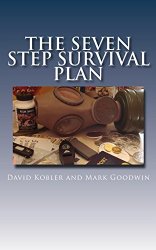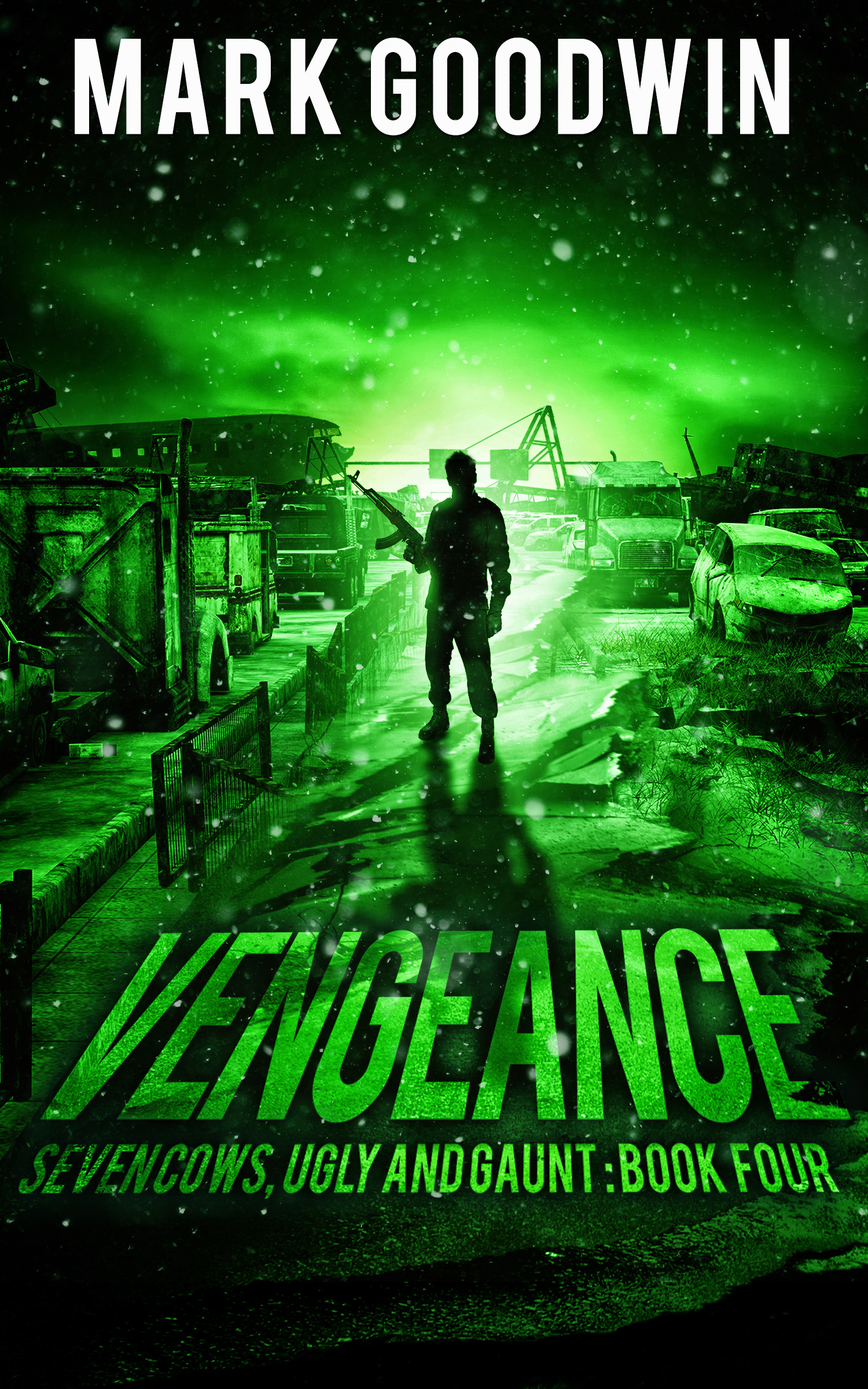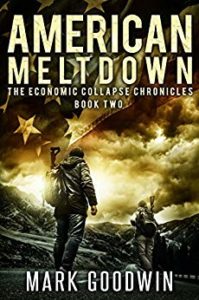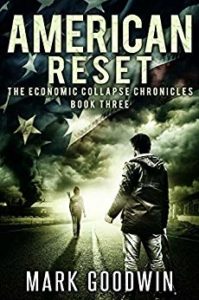Lessons From The Crash of 1929
Lessons From The Crash of 1929
It has been said that history may not repeat itself, but it certainly rhymes. In 1929, the American stock market faced the worst crash it had ever seen and has seen since. In the years leading up to the 1929 crash, the stock market grew without restraint. It grew due to easy credit which traders were able to use to buy stocks on margin. Everyone who was anyone was borrowing money from the banks to make leveraged investments in the market. This easy credit allowed a bubble to form. Stock prices went up and up without the fundamental principles or strong earnings and fair multiples to support the high prices. Several traders began to sound the alarm that prices were unrealistically high and a major correction was long over due. They were dismissed as party poopers and generally ignored.
This video is a 45 minute documentary of the 1929 Crash. It features lots of great facts and commentary. I hope you enjoy it.
Finally, confidence eroded and the inevitable run on stocks began. On Wednesday October 23, 1929, the crash was initiated. Big bankers like Whitney, Morgan, and Rockefeller purchased large blocks of blue chip stocks to re-instill confidence in the markets. Despite their best efforts, the market lost nearly 25% of its total value over the following Monday and Tuesday. By the middle of 1932, the market dropped to 41.22. That represented a 89% loss from its 1929 high of 381.77. To put it into today’s numbers, it would be a drop of the Dow from 13,000 to 1,430.
The wealth that had been eroded by the crash left America paralyzed. Banks closed their doors as there was no money to give to depositors who demanded their cash from their accounts. More than 2,000 banks closed to never reopen. This hit Main St. Those who had avoided the losses in the market by depositing money in the banks lost everything as well. Companies began to close and cut labor costs through layoffs and the Great Depression began. Poverty reigned in America until the end of World War II.
Lesson #1
This time is not different. Carmen Rienhart and Ken Rogoff recently wrote “This Time is Different, 8 Centuries of Financial Folly”. It chronicles the bubbles and currency collapses from around the globe from the past 800 years. The common thread is that the people in power and the traders involved all seem to think this time will be different. But it is always the same. Leveraged speculation leads to overvalued asset prices which form bubbles that eventually pop. Governments continue to spend beyond their means in hope of creating a recovery, but debt weakens the confidence in the currency and it collapses. Only the names have changed from the 1929 crash, the 2008 crash, and the coming bond and derivative crash.
Lesson #2
Don’t put all of your eggs in one basket. In the 1929 crash, many speculators had every dime to their name tied up in the market. When the market crashed, they lost it all. Others had total trust in the banks. When the run on the banks began, they were unable to retrieve their deposits. You may be thinking “we don’t have to worry about that because we now have the FDIC.” FDR instituted the FDIC to insure depositors against bank runs. So if they say it will be there, we can believe them. Let’s check that out. It turns out the the total held by the FDIC in that insurance fund is around 11 Billion. This is insuring deposits in US banks that total nearly 5 trillion dollars being held in just the top 10 banks. So .002% of the deposits would be covered in a run. Of course the government will back the fund, but by the time it could be printed and delivered, it would be nearly worthless. I recommend keeping some cash in a secure location besides an FDIC insured account. I recommend not putting all of your retirement nest egg into the market, if it fails like it did in 1929, you will never recover what you lose. Never invest more than you are willing to lose. Putting some portion into precious metals is a good idea, but not everything. Remember, FDR also outlawed gold in Executive Order 6102. Don’t think this clown in the White House now would hesitate to do it again.
We have solved none of the problems that started the 2008 crisis. We have only managed to avoid some of the inevitable pain. Banks that were considered too big to fail have been packaged into bigger banks that are now too big to bail. US debt has risen 60% in the past 4 years and we are devaluing the dollar by printing 500 billion a year into existence through QE3. No one can say how long we have, we only know our day of reckoning is coming.
If you are new to prepping or would like to learn more, read our 7 Step Preparedness Plan to mitigate the effects of the coming collapse.
Happy prepping!














































Outstanding as always Recon. People truly are asleep and nobody realizes how similar things happening today are to what occurred in the 20’s and 30’s.